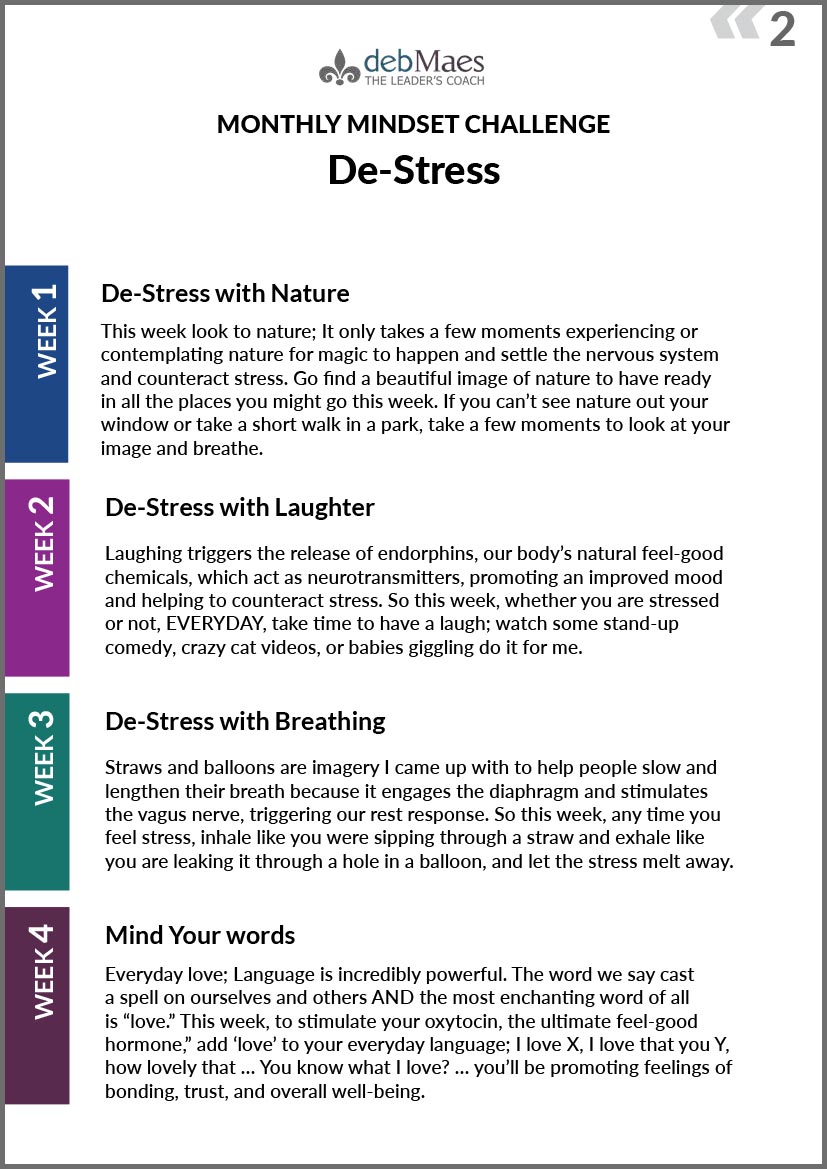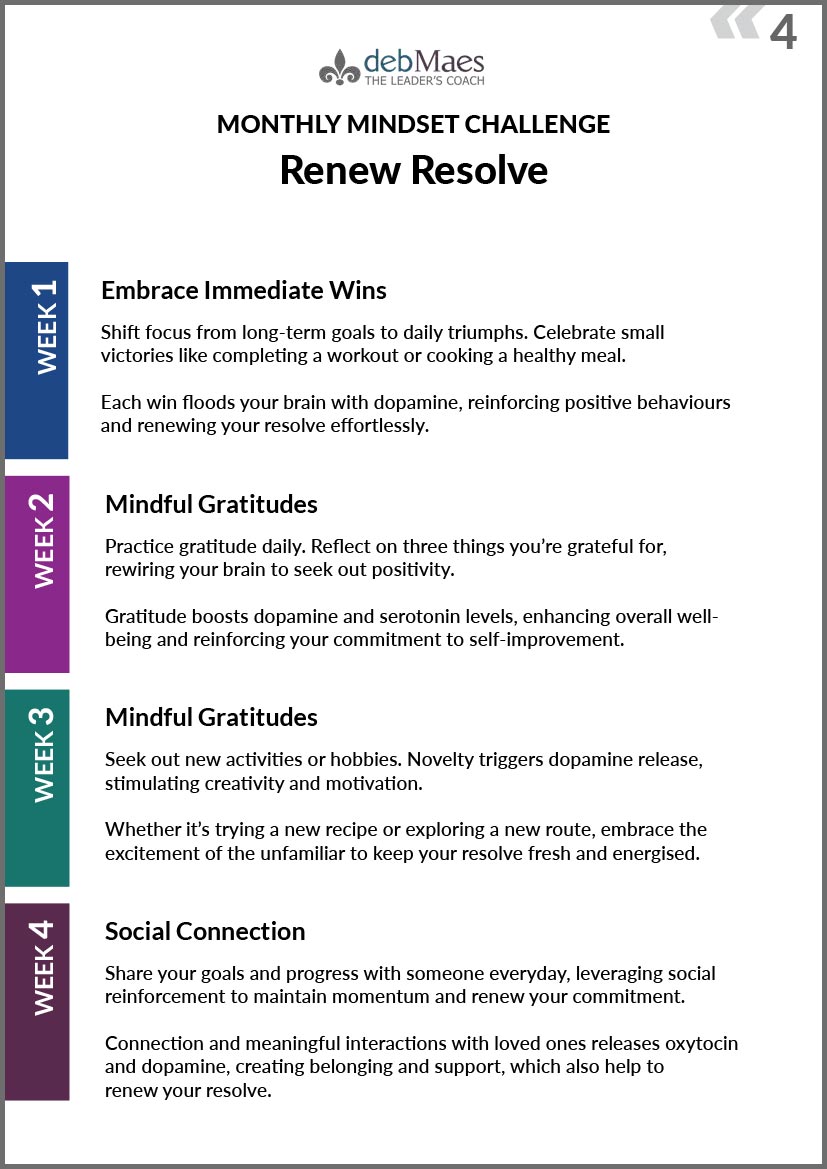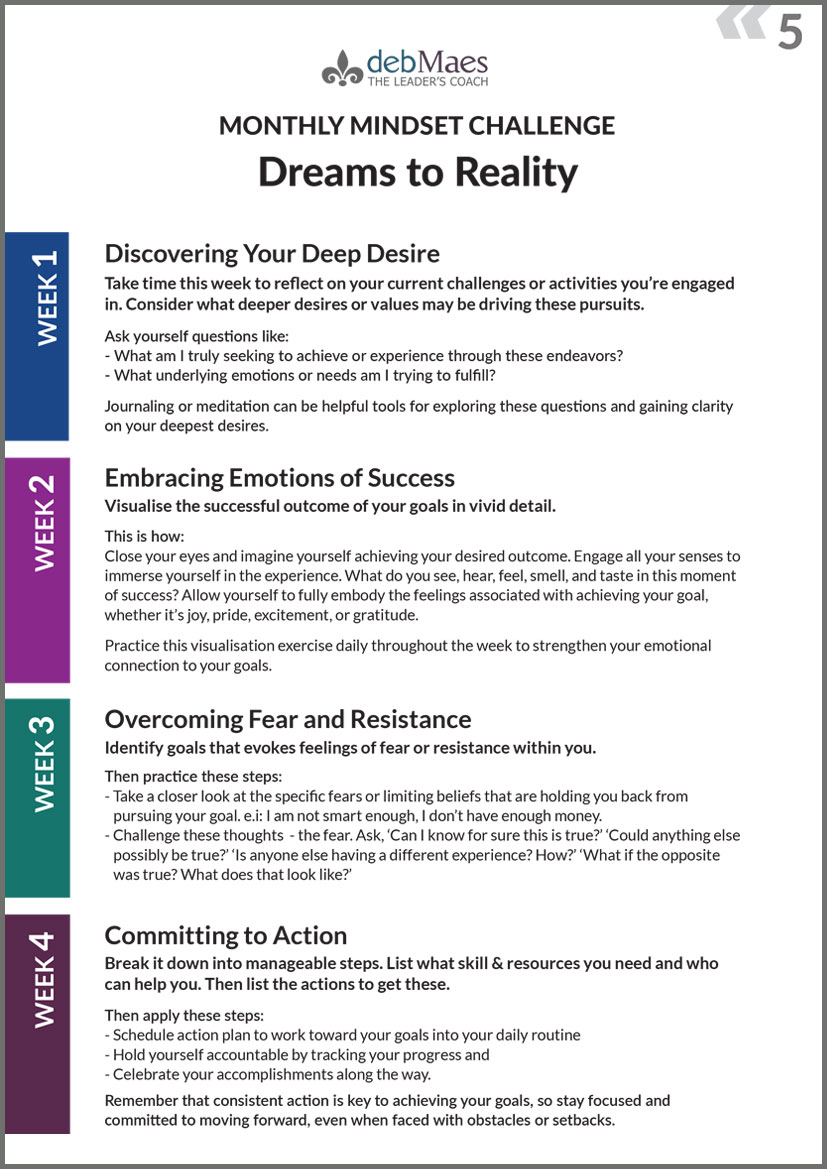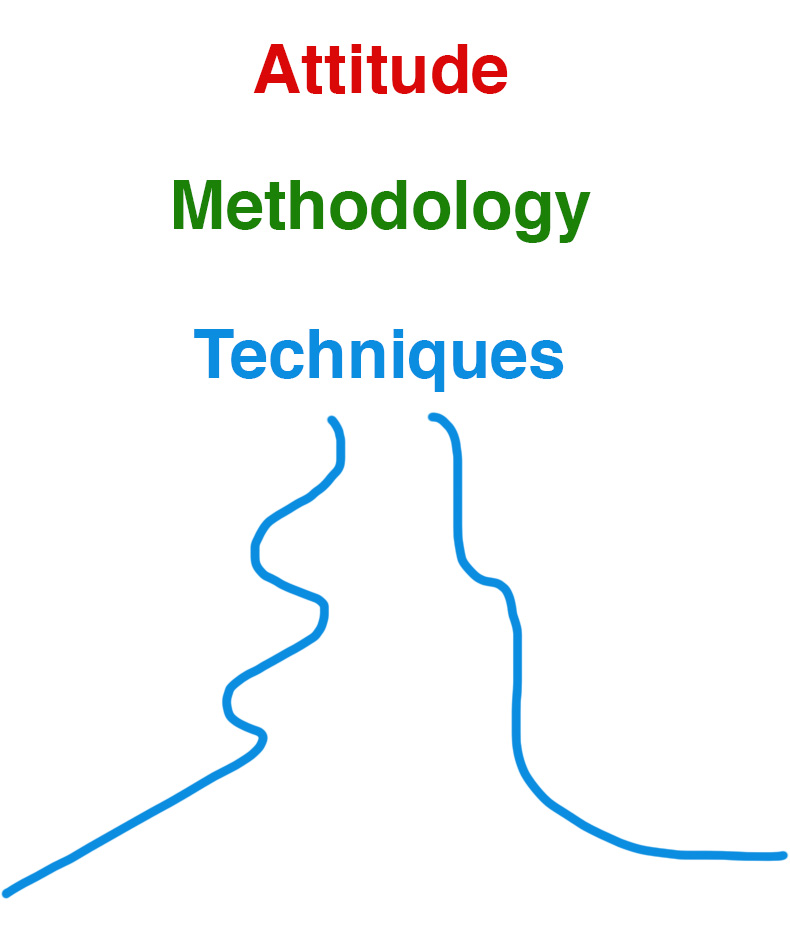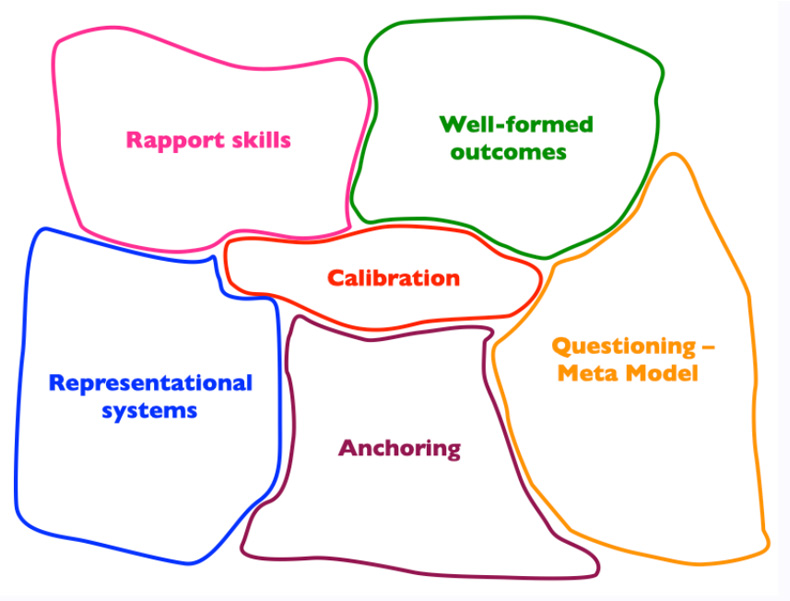
Mindset Matters Practice
Auslan Edition
Each reel offers insights and practical Mindset techniques tailored to support your personal growth and transformation.
MINDSET MATTERS 1
Happy Thoughts
Read more: Mindset matters Auslan edition
- Hits: 344


